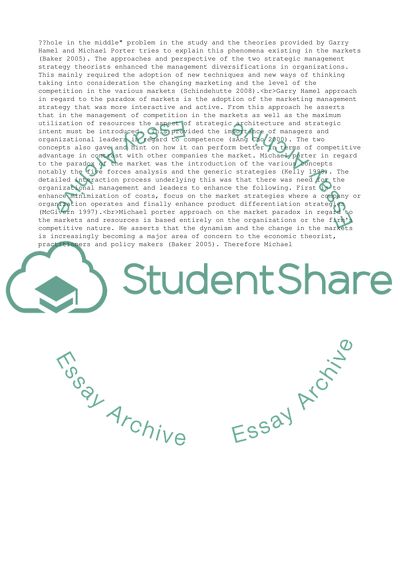Cite this document
(Strategic Leadership in a Changing World Essay Example | Topics and Well Written Essays - 1750 words - 1, n.d.)
Strategic Leadership in a Changing World Essay Example | Topics and Well Written Essays - 1750 words - 1. Retrieved from https://studentshare.org/business/1785357-strategic-leadership-in-a-changing-world
Strategic Leadership in a Changing World Essay Example | Topics and Well Written Essays - 1750 words - 1. Retrieved from https://studentshare.org/business/1785357-strategic-leadership-in-a-changing-world
(Strategic Leadership in a Changing World Essay Example | Topics and Well Written Essays - 1750 Words - 1)
Strategic Leadership in a Changing World Essay Example | Topics and Well Written Essays - 1750 Words - 1. https://studentshare.org/business/1785357-strategic-leadership-in-a-changing-world.
Strategic Leadership in a Changing World Essay Example | Topics and Well Written Essays - 1750 Words - 1. https://studentshare.org/business/1785357-strategic-leadership-in-a-changing-world.
“Strategic Leadership in a Changing World Essay Example | Topics and Well Written Essays - 1750 Words - 1”. https://studentshare.org/business/1785357-strategic-leadership-in-a-changing-world.


